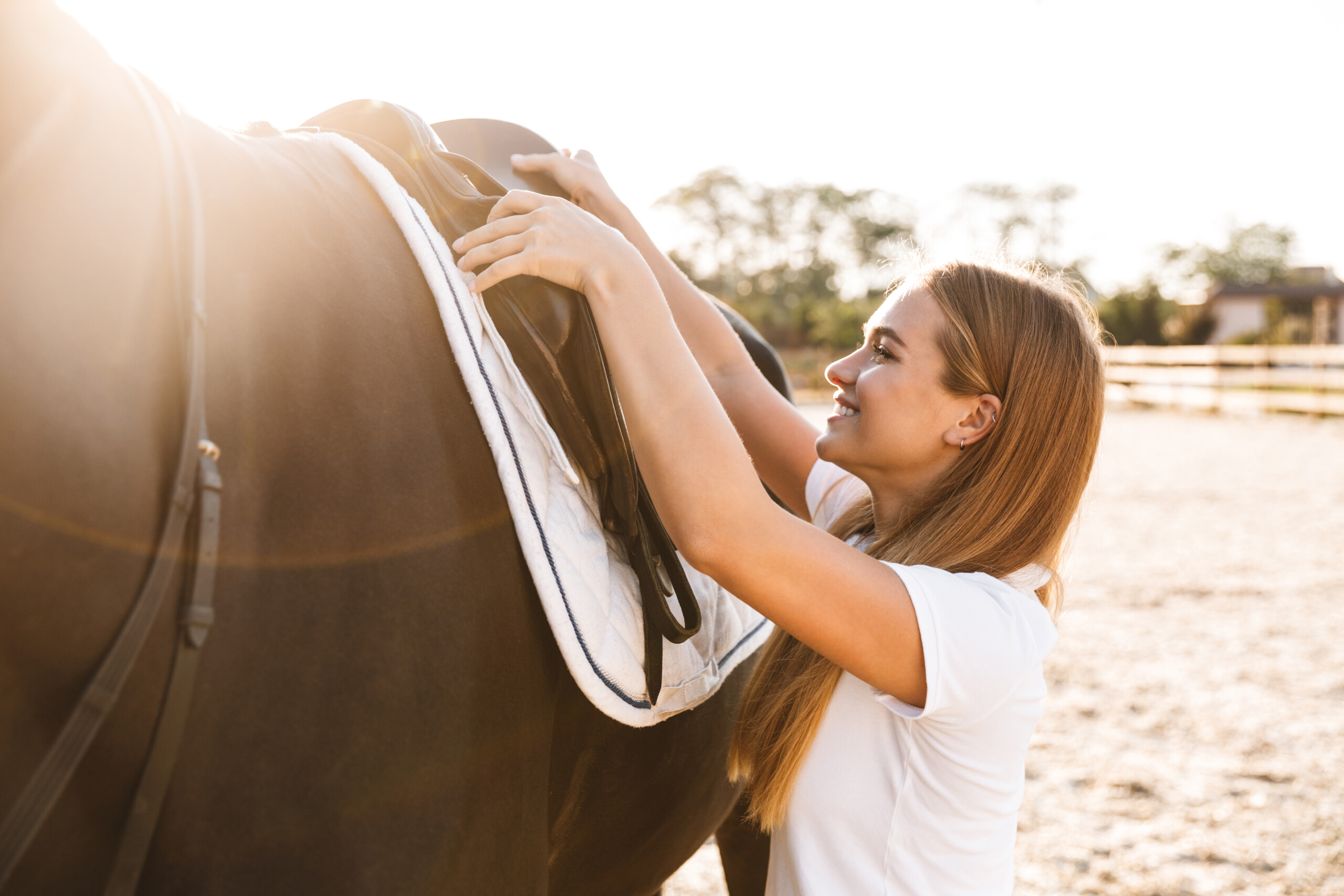3 Ways to keep your horse in tip-top shape
Whether you are wanting to compete with your equine companion or just ride the
trails, keeping their bodies in good physical condition can increase the quality of
their performance and help them avoid injury.
We all know that horses can be prone to accidents and while some injuries can seem
unavoidable, some injuries can be avoided through appropriate exercise and fitness.
For horses being used for leisure, exercising 2 to 4 times a week is ideal, while
horses being used for more intense uses or competition may need to be exercised 4
to 6 times per week to maintain tip top physical shape.
Below we’ve included our top three exercises that you can engage with at our horse
boarding facility. Just like humans, it is ideal that horses get some amount of cross
training and variety in their training program to make sure the whole body gets
attention and that the muscles develop in a balanced way.
Browse over the following for some ideas on exercising your horse.
Round pen work
Our first form of exercise is one that you can do whether your horse is broke to ride
or not. Round pen work basically consists of putting your horse to work on the outer
ring of a round pen, using your body language and voice to train and encourage the
horse with cues that promote the exercise efficacy. While it’s great to simply lope
circles, there are a few tactics that can be used to keep your round pen routine lively
and to keep your horse engaged with you the whole time.
Applying transitions
Transitions are a great way to keep your horse engaged with you and focused while
round penning. Transitions can be defined as any cue for a change in direction or
speed. While round penning, asking your horse to change directions and or speed
semi frequently will keep your horse focused and will increase the intensity because
it’s much harder to change speeds and directions consistently than it is for the horse
to continue at a steady pace in the same direction continually.
Round penning while bitted up
Another thing you can add to your round pen exercise is bitting your horse up. Bitting
a horse up requires skill and should be done in very small increments. It is basically
the act of bitting your horse (typically with a full cheek snaffle for safety purposes)
and tying reins either through a surcingle or saddle or tying one inner rein to a ring
tied into the tail, just below the bottom of the tailbone. Again this should be done on
a very loose rein to begin with so that the horse can get used to the exercise and
then in small increments you can tighten the reins to increase collection and
suppleness in the horse’s body while they work on the ring.
Riding for exercise
Riding for exercise is fun and a great way to get your horse moving. We’ve included a
few tips below that can help you make your rides the most effective for exercising
your horse.
Long trotting vs. loping
Long trotting and loping are both great for getting the horse’s heart rate up. There
are many different opinions on which is better for getting a horse in shape. Many
people prefer long trotting because it is the gate (other than a gallop) where the
horse can reach full extension of its legs which increases range of motion and helps
keep muscles loose. That being said, some people avoid long trotting as the core of
an exercise because it is a very high impact gate and can cause more concussion in
joints than loping typically does. Really it’s up to you to know your horse and what is
best for them when it comes to choosing a gate for the core or bulk of your
workouts.
Transitions
Just like in the round pen, adding lots of transitions can help keep your horse stay
focused and mentally aware during a workout as well as increasing the difficulty of
the exercise.
Backing up
Practicing your backing up can be very helpful for improving your horse’s topline and
musculature through his hind end. Many people do this on an incline to increase the
intensity.
Incline work
Incline work can be helpful as a cross training tool. While you might not use this as
the core of your work, it’s a great thing to add in to target different muscle groups
and keep your horse’s body balanced.
Backing on a hill
Like we mentioned previously in the riding section, backing your horse up on an
incline can help increase the intensity of the movement. Note that the incline should
be increased in very small increments starting from a zero degree incline to make
sure that the muscles, tendons and ligaments have adequate time to increase in
strength and elasticity as more intensity is added.
Climbing and descending hills
Climbing and descending hills can be a great way to target specific muscle groups
that are less used when trotting or loping on flat ground. While going uphill your
horse is using his gaskins, and lower haunches in a more intense way while his front
end should reach and pull forward up the hill extending through a wider range of
motion than they do on flat ground. While descending, the back is stretched out
more and the front end is balancing more weight while the hind legs often widen
their stance to increase balance.
You know your horse best
While we’ve included a few exercises here that you can do at our horse boarding
facility, at the end of the day you know your horse and his abilities best. We
recommend going with a program that you are comfortable with and that is best for
helping you and your horse achieve optimum fitness for your specific discipline or
leisure activity.
If you are looking for a boarding facility where you and your horse can easily practice
some of these exercises, give us a call! We’d be happy to show you what TNT stables
has to offer!




